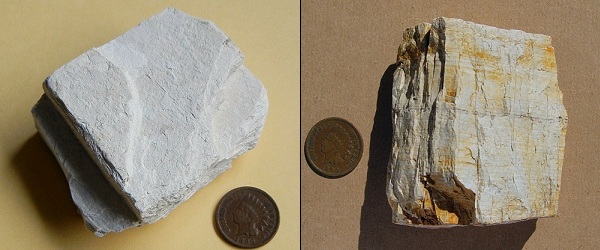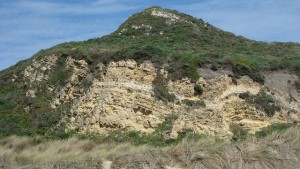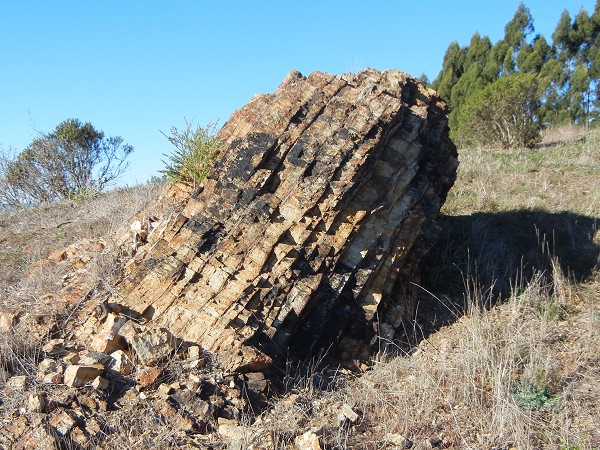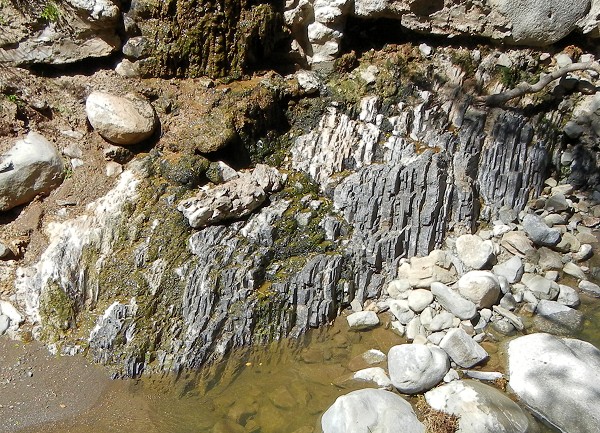A government report last year stated that the nation's largest possible source of oil from shale is in California's Monterey Formation. To put it in perspective, the shale oil boom now making North Dakota second only to Texas in petroleum production is exploring the Bakken Formation, which has about 4 billion barrels of "technically recoverable shale oil resources" in it. The Monterey Formation has more than 15 billion, about two-thirds of the whole nation's quantity. Love it or hate it, the Monterey is important for everyone in this state. And parts of it—not the most oil-rich part, mind you—are in the Bay Area.
Our mineral resources are the legacy of unusual global environments back in geologic time. Most of the world's iron ore, for example, was created billions of years ago during the Proterozoic Eon, and most of its coal dates from the Carboniferous Period from 360 to 300 million years ago. The same is true of the Monterey Formation's oil and gas.
The Monterey Formation formed during the Miocene Epoch, between 16 and 6 million years ago, at the bottom of a green sea teeming with diatoms. The Earth at the time was undergoing global cooling courtesy of the rise of the Himalayas. This huge mountain chain, washed by monsoons, weathered and eroded swiftly, drawing down carbon dioxide in the atmosphere and infusing the oceans with dissolved silica. The Antarctic ice cap responded by advancing, which reinforced these changes. The great current system of the oceans, its thermohaline circulation, reorganized itself, and all around the Pacific Ocean basin arose zones of coastal upwelling, perfect habitat for diatoms. The silica-shelled bodies of these one-celled algae piled up on the seafloor in great thicknesses of diatomite.

There were widespread zones of the seafloor without oxygen, which preserved the organic matter in the diatoms. That green fraction turned to petroleum—oil and gas—at the same time the silica shells turned gradually to quartz. The rocks changed in this way from diatomite to porcellanite and then to chert. As the rock changed, it fractured, giving the oil room to move. And in California, the growth and movement of the San Andreas fault system bent the rock into domes and folds that trapped the oil in world-class reservoirs.


